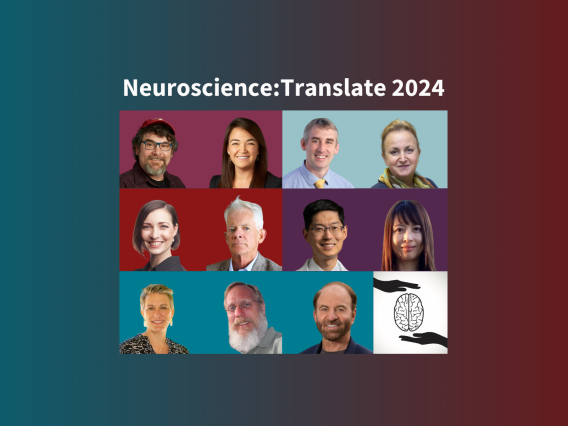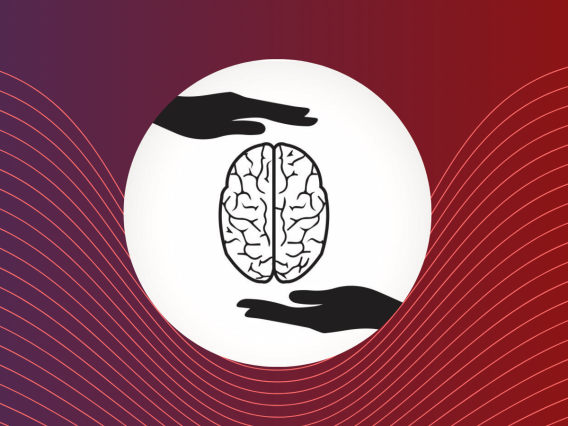The Neuroscience:Translate grant program supports research projects at the intersection of biology, engineering and medicine to address practical unmet needs in brain health and the neurosciences.
The program funds cross-disciplinary teams to develop new devices, diagnostic procedures, software, pharmaceutical therapies and other products that can be brought rapidly to market through new startup companies or partnerships with existing entities. Grants of $100,000-$120,000 are awarded annually to approximately three teams. Teams who have previously received Neuroscience:Translate awards may apply for a one-year renewal to continue advancing their technology.
This program was inspired by the successful Stanford Coulter Translational Research program, a partnership between Stanford Bioengineering and the Coulter Foundation managed by the Stanford Mussallem Center for Biodesign. The Wu Tsai Neurosciences Institute has partnered with Stanford Biodesign to bring this same approach and expertise to bear on the field of neuroscience and brain diseases, with guidance from a Neuroscience:Translate oversight committee comprising scientific and industry leaders in health technology development.
No-cost extensions
No-Cost Extension requests may be granted upon application. Applications will be strictly reviewed for compliance with the award deliverables and project. Applications are due one month prior to the award end date by downloading, completing, saving, and submitting the linked form template.
Questions? Contact Program Manager, Linda Lucian: llucian@stanford.edu.
Apply for Neuroscience:Translate by November 11
Applications open on Friday, September 20, 2024 and close on Monday, November 11, 2024 at 11:59 PM. Make sure to read the full application and eligibility criteria before submitting your application.
Application and Eligibility Criteria
Funded Neuroscience:Translate projects
Clinical translation of novel PET radiotracers for mapping innate immune activation in CNS diseases (Renewal)
EEG-IntraMap: Accessible deep brain insight for precision depression care
Depression affects over 300 million people worldwide, yet current treatments are often based on trial-and-error, with only one-third of patients improving with their first medication. Our team has developed EEG-IntraMap, an innovative software platform that transforms standard EEG recordings into precise measurements of deep brain activity.
Development of a novel compact, portable, ruggedized transcranial magnetic stimulation device
Targeting mitochondria in glioblastoma
This team recently discovered that a small molecule they had originally developed to treat Parkinson’s disease can also reduce the volume of glioblastoma tumors – the most common form of aggressive brain tumor — by targeting the mitochondrial protein Miro1. They will use their Neuroscience:Translate award to study the mechanisms of the compound’s anti-tumor action and prepare to apply for investigational-new-drug status to move this discovery toward the clinic.
Assessing the feasibility of an autologous cell/gel therapy for spinal cord injury
This team has developed a new therapy for patients with spinal cord injury, involving injection into the spinal cord of patient-derived stem cells within an engineered protective gel. They will use their Neuroscience:Translate award to further test and develop this novel therapy in preparation for first-in-human clinical trials.
Clinical translation of a new PET radiotracer for mapping innate immune activation in multiple sclerosis and other neurodegenerative diseases
This team recently identified a selective biomarker of inflammation-promoting immune cells in the central nervous system. They will use their Neuroscience:Translate award to develop non-invasive molecular imaging strategies to distinguish between harmful (pro-inflammatory) and helpful (anti-inflammatory) immune cells in patients with Multiple sclerosis (MS).
Creating a pharmacologic stroke recovery therapy
This team has identified a promising protein-based therapeutic to improve stroke recovery. The team will use the Neuroscience:Translate award to identify key components of this protein to maximize its therapeutic potential for stroke treatments.
Small molecule ion channel modulator to treat acute episodes of peripheral vertigo
This team is developing a small molecule that targets a voltage-gated ion channel within the inner ear for the symptomatic relief of peripheral vertigo attacks. They will use their Neuroscience:Translate award to further develop this molecule to restore normal function and improve activities of daily living for patients experiencing peripheral vertigo.


